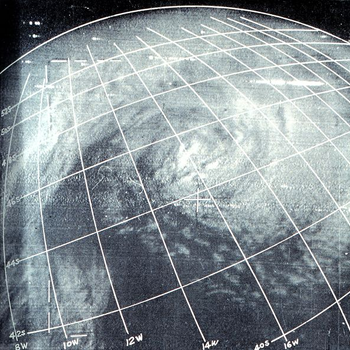How do you graph y= 1/3 | x-3 | + 4?
1 Answer
graph{(1/3)abs(x-3)+4 [-3.865, 11.935, -0.68, 7.22]}
Explanation:
Let's start with the function
graph{y=x [-10, 10, -5, 5]}
First, we're taking the absolute value, meaning every negative
graph{y=absx [-10,10,-5,5]}
Now, we have the function in terms of:
where
The parameter
graph{1/3absx}
Next, the h value determines how far right we shift the function. NOTE: By default, the value is negative. If there is. a plus sign, you shift this function left.
Since this value is 3, we shift this three units right.
graph{y=1/3abs(x-3)}
Finally, we have the lonely
graph{y=1/3abs(x-3)+4 [-3,11,-1,8]}

